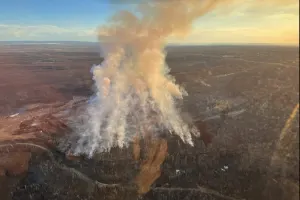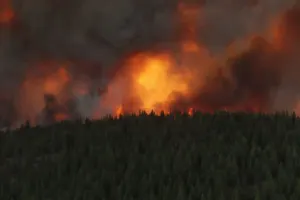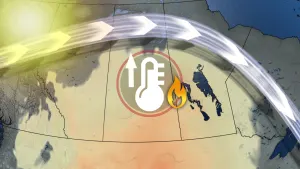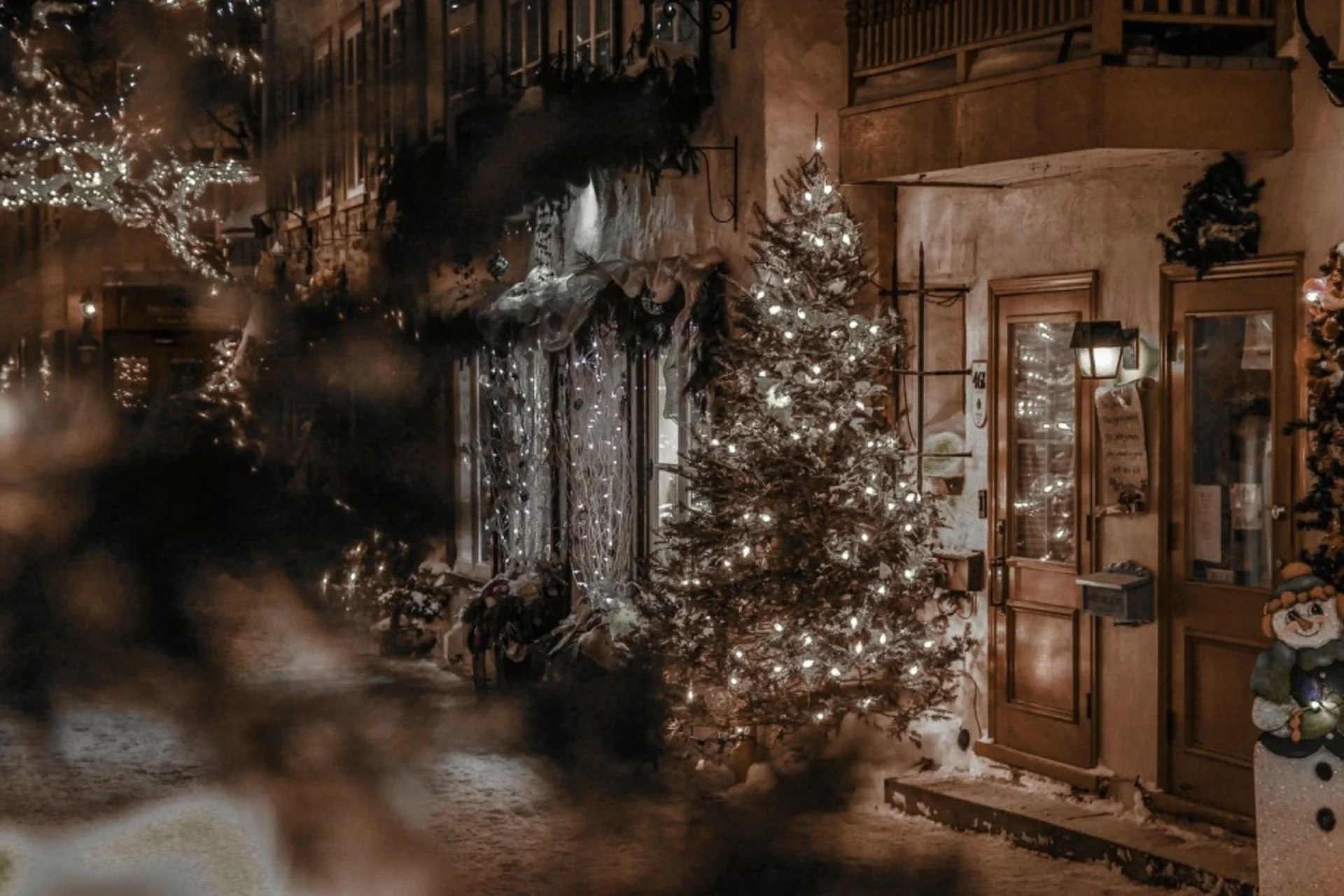
12 weather stories of Christmas past
This Day In Weather History is a daily podcast by Chris Mei from The Weather Network, featuring stories about people, communities and events and how weather impacted them.
--
Whether you celebrate Christmas or not, there's still something special about Dec. 25. Commerce takes a break, the streets are quiet and the world takes a breath.
Though the goal for some is to have a "white Christmas," snow doesn't always behave. Sometimes, instead of snow, there's a cyclone. Or sometimes there is far too much snow. But sometimes, unexpected weather conditions bring a moment of peace in the thick of war.
Instead of diving into one story for Dec. 25, we're going to look at 12 major weather events that have occurred on Christmas over the last few hundred years.
Click here to subscribe to This Day in Weather History
1776
George Washington needed to cross the Delaware River to attack the Hessian (they were German auxiliaries in the service of the British) forces during the American Revolutionary War.
Gen. Washington needed to get a large number of troops, horses, and artillery over the Delaware River to New Jersey before dusk to launch a surprise attack.
The weather conditions did not make this a simple nor safe task. A major snowstorm took over the East Coast from North Carolina to New York. The River was filled with ice and there was relentless snow, sleet, and freezing rain. Washington made it to New Jersey, but some people were lost due to that now-famous storm.

Washington Crossing the Delaware, by George Caleb Bingham, 1856–1871. (Wikipedia)
1836
It was another snowstormy Christmas for the East Coast. A severe snowstorm swept from the mid-Atlantic to New England. Cities were faced with an average of 20 inches of snow across eastern Pennsylvania and Delaware. On Christmas Day, 8.5 inches of snow fell, the most ever to fall on that day.
There were also heavy winds, with gusts reaching 72 m.p.h. A total of 20 people died in New York City and Massachusetts.
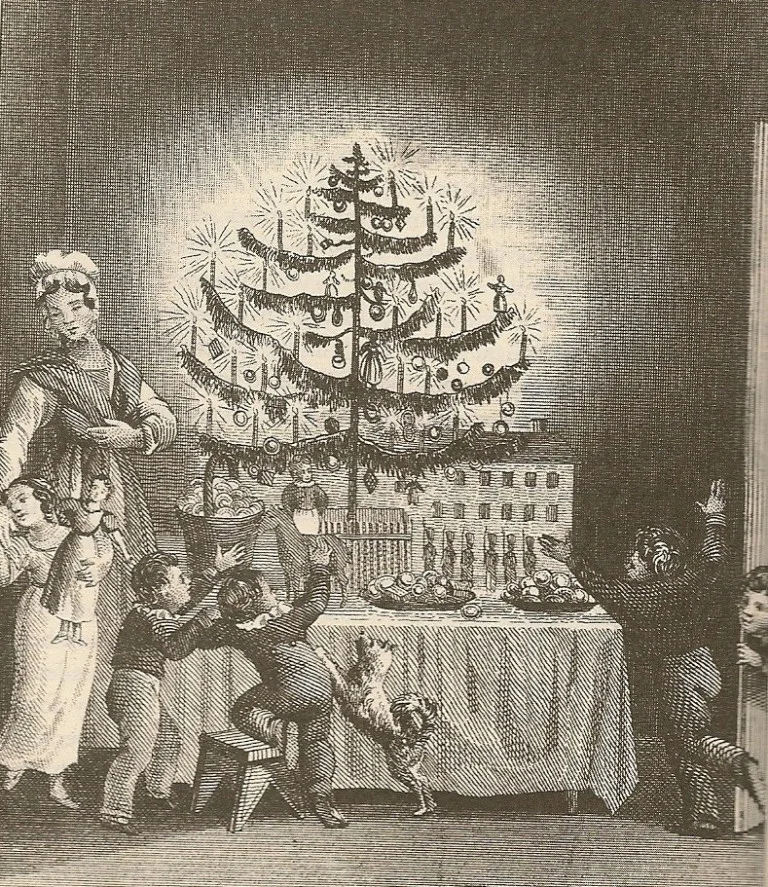
First published image of a Christmas tree, frontispiece to Hermann Bokum's 1836 "The Stranger's Gift". (Wikipedia)
1914
Dec. 25, 1914, is known as the Christmas Truce. The First World War started just four months earlier. The winter was snowy and wet and the trenches were in terrible condition.
Though there was no official truce called, soldiers from both sides put down their weapons, emerged from their trenches and some even headed to no man's land.

First World War Soldiers. (Imperial War Museum)
Some of those soldiers who congregated in no man's land exchanged gifts, shared stories and laughed together. The ceasefire was also used as an opportunity to seek out the bodies of their dead comrades and give them a decent burial.
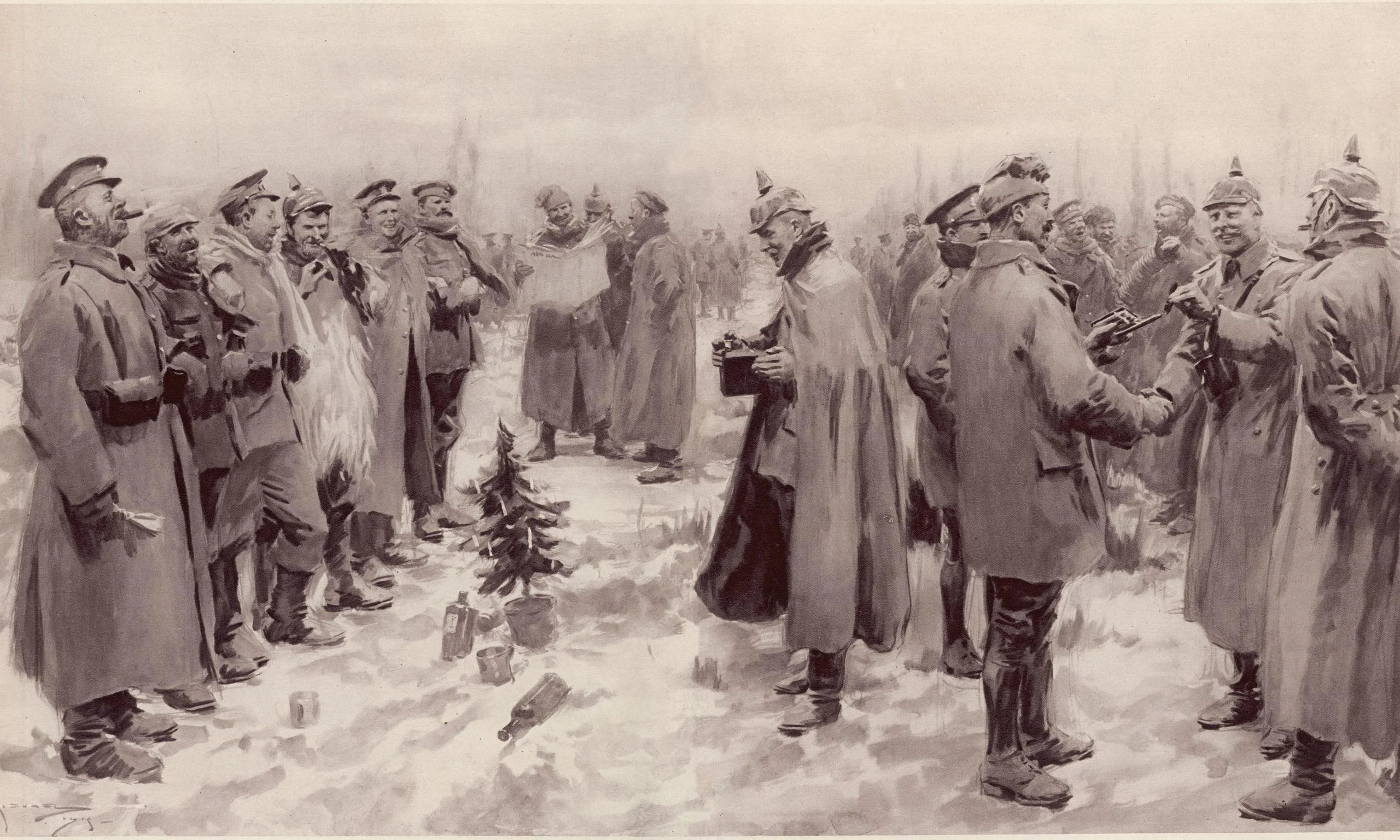
"Soldiers from both sides (the British and the Germans) exchange cheerful conversation (An artist's impression from The Illustrated London News of 9 January 1915: "British and German Soldiers Arm-in-Arm Exchanging Headgear: A Christmas Truce between Opposing Trenches")." "Originally published in The Illustrated London News, January 9, 1915." Courtesy of Wikipedia
1947
The Great Blizzard of 1947 started on Dec. 25. The storm consisted of incessant quiet snowfall, due to the lack of wind.
By December 26, 26.4 inches of snow had accumulated in Central Park in Manhattan.

Upper Atlantic Street and Park Row, behind Central Park. (Stamford Historical Society)
Subway service stopped, vehicles were abandoned in the middle of the street, and cars parked on the side of the street were buried snow plows. The storm led to 77 deaths.
Impacts were likely higher than they should have been as weather forecasts did not predict the storm.
1974
On Christmas in 1974, Cyclone Tracy devastated Darwin, Northern Territory, Australia. This storm came with wind gusts that reached 217 km/h before instruments failed.
Because it was Christmas, news outlets didn't have as many crew on duty. And residents of Darwin were celebrating the holiday and not necessarily treating the storm with the state of urgency it required.
Tracy killed 71 people, left 25,000 of the 47,000 inhabitants of Darwin homeless, and caused US$4.79 billion (2018) in damage.
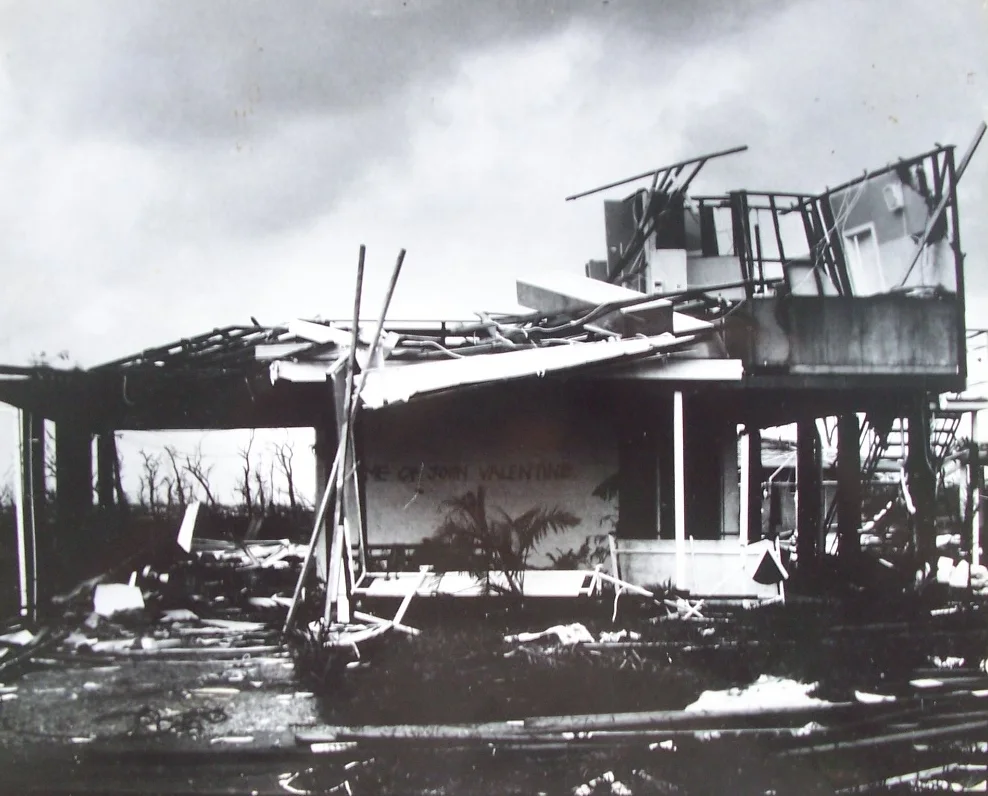
House in Nakara, Northern suburbs, after Tracy. (Bill Bradley)/Wikipedia/CC BY 2.5
1983
Christmas in 1983 can be summarized by one word, cold. Most of the central and eastern U.S. experienced its coldest Christmas in modern history. More than 125 cities reported record low temperatures for the date.
The combination of the artic cold and the open area of the Great Lakes created a lake-effect blizzard. There was heavy snow, strong winds, and almost zero visibility.
There were snowdrifts caused by the cold air, creating lighter snow. Many areas experienced below zero temperatures for more than 60 hours. Below zero in Fahrenheit, so at most -17.78°C.
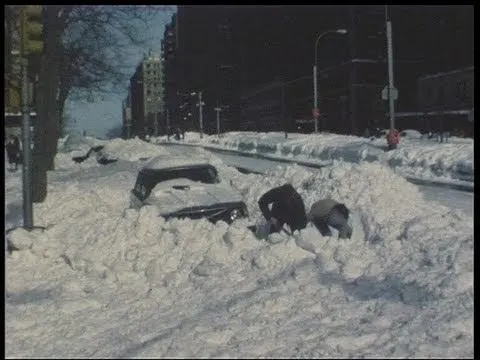
New York Christmas 1983. (MichaelRogge/YouTube)
1988
Dec. 25, 1988, was Las Vegas' first white Christmas on record. There was a massive snowstorm that took over western states in the US. The storm lasted for five days, bringing several additional feet of snow at ski areas in Colorado, with 68 inches reported at Wolf Creek Pass.
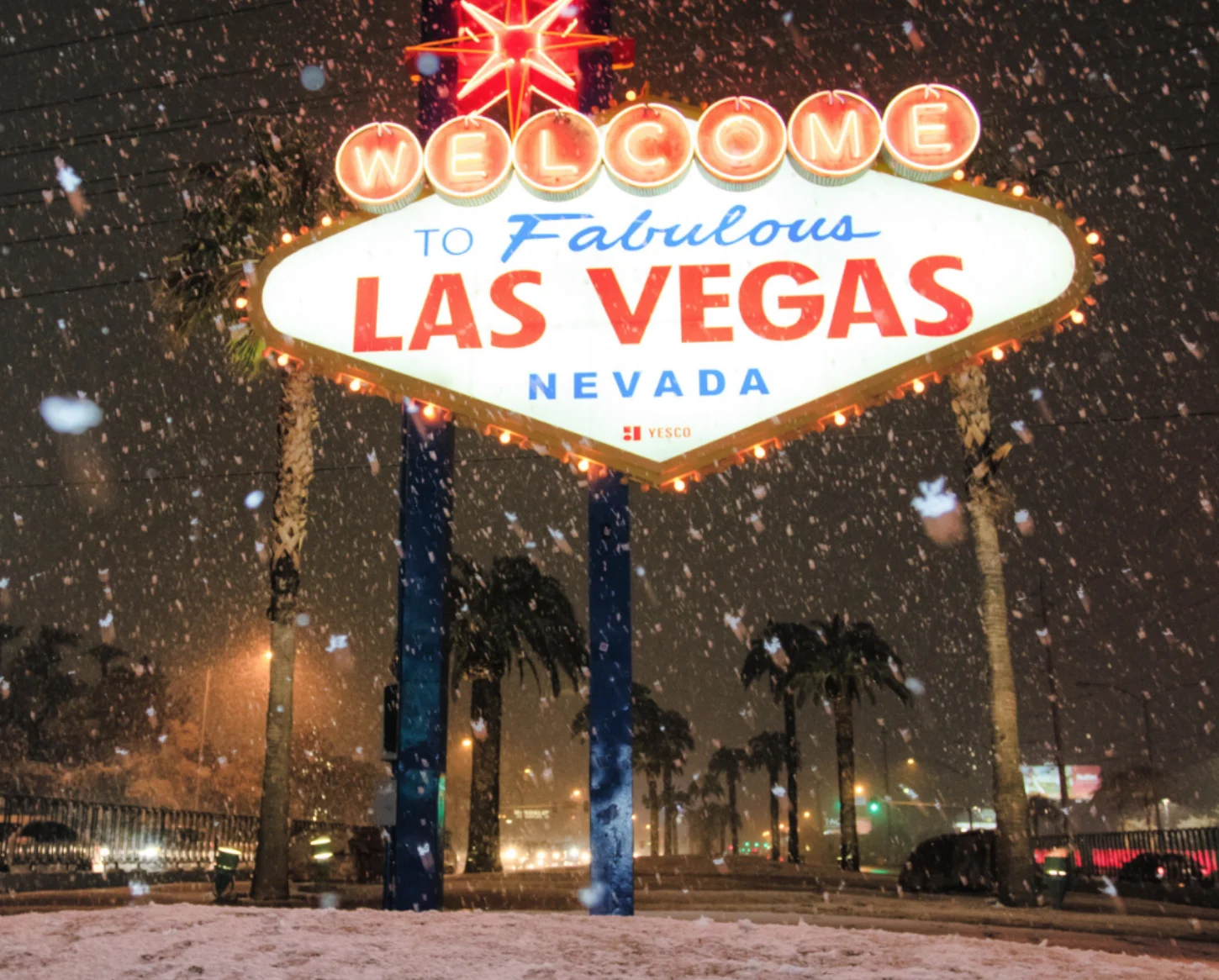
(NWS Las Vegas)
1998
A major ice storm took over central and southeast Virginia from Dec. 23-25, creating "The Christmas Ice Storm." The icy conditions made it dangerous for pedestrians and motorists. The ice also collapsed trees and power lines. On Christmas Eve 400,000 customers lost power, which for some, lasted up to ten days. A columnist from The Virginia Gazette wrote a poem about the experience, here's the first stanza:
The Williamsburg Christmas Eve, 1998 (By Ron Corson | The Virginia Gazette)
‘twas the night before Christmas and all was not right!
Not an ampere was flowing, no heat and no light.
We huddled and cuddled by the fireplace with care
In hopes that Virginia Power soon would be there.
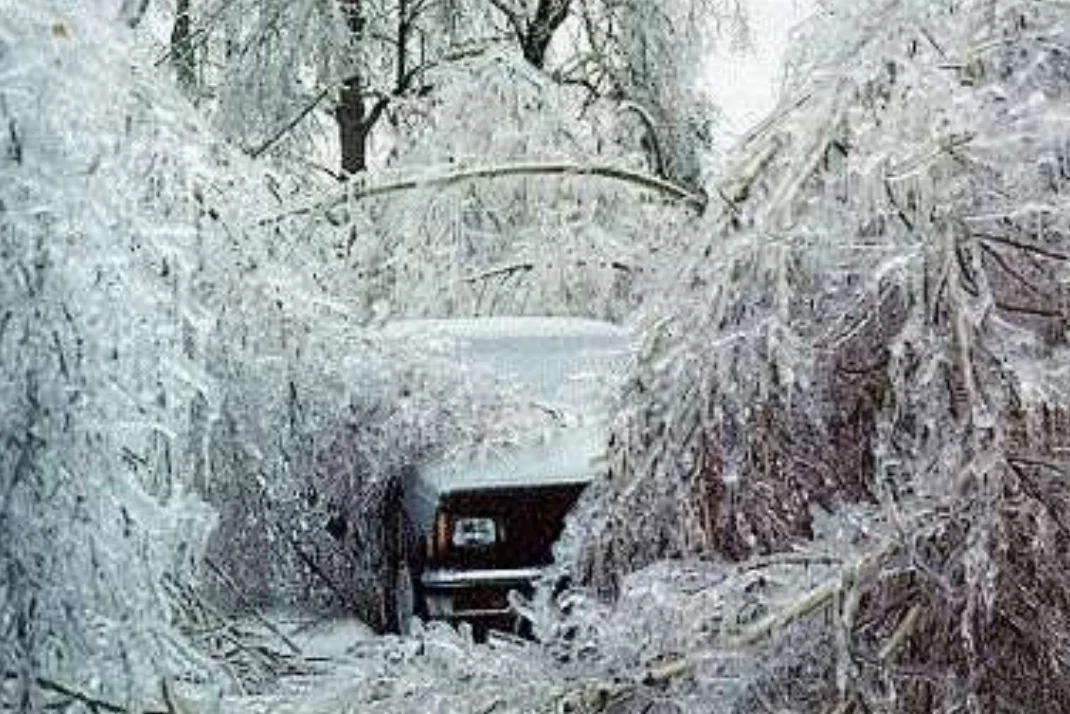
(weather.gov)
2004
Another white Christmas for an unexpecting community. Dec. 25, 2004, brought a blanket of snow over Victoria, Texas. Some areas received 13 inches of snow, making it the first white Christmas in 86 years.

An unusual sight: palm trees covered in snow in Portland, Texas. (Quietpeoplerock/Wikipedia/CC BY-SA 3.0)
2013
In 2013, things got started early. An ice storm swept Toronto and other areas of Southern Ontario starting Dec. 19 (Check out the Dec. 19, 2003 article: To have lived through the 2013 ice storm is to remember it — visceral photos). The ice enveloped the city, which left many people without power on Christmas Day.
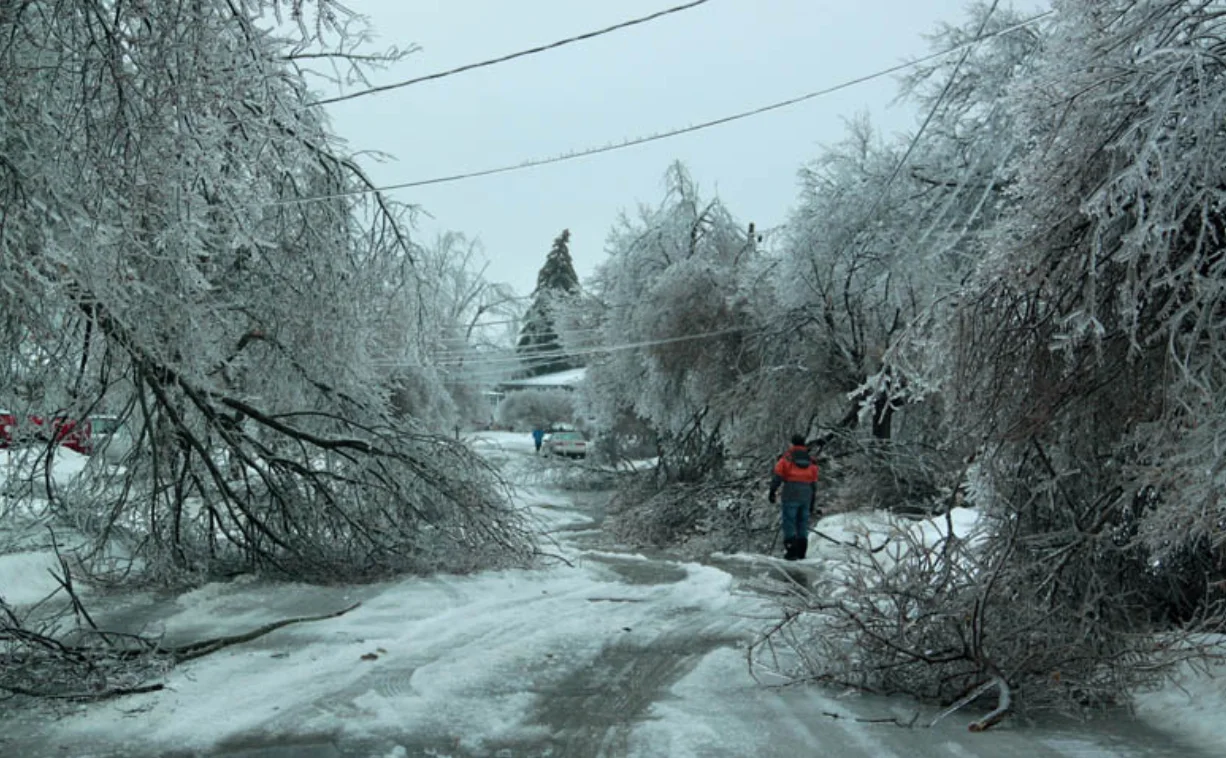
(George Kourounis)
2014
In 2014, Atlantic Canada had a very rainy Christmas. Though it's not completely rare for Atlantic provinces to have warmer temperatures around Christmas, Nova Scotia, New Brunswick and Prince Edward Island experienced record-breaking warmth. In Greenwood, N.S., the temperature soared to 17 degrees. With great temperatures, brings wet precipitation. Halifax received 70.6 mm of rain.

A New Brunswick man taking advantage of the warm Christmas weather. Riverview, NB - (Patrice Benoit)
2019
Typhoon Phanfone, known as Typhoon Ursula in the Philippines, was a deadly tropical cyclone that battered the Philippines on Christmas Eve and Christmas Day. Winds reached up to 195 km/h. The Typhoon caused 50 deaths and 55 people to go missing. The total cost of damages was US$67.2 million (2019). Due to the extensive damages, the name "Ursula" was retired by the Philippine Atmospheric, Geophysical and Astronomical Services Administration (PAGASA).
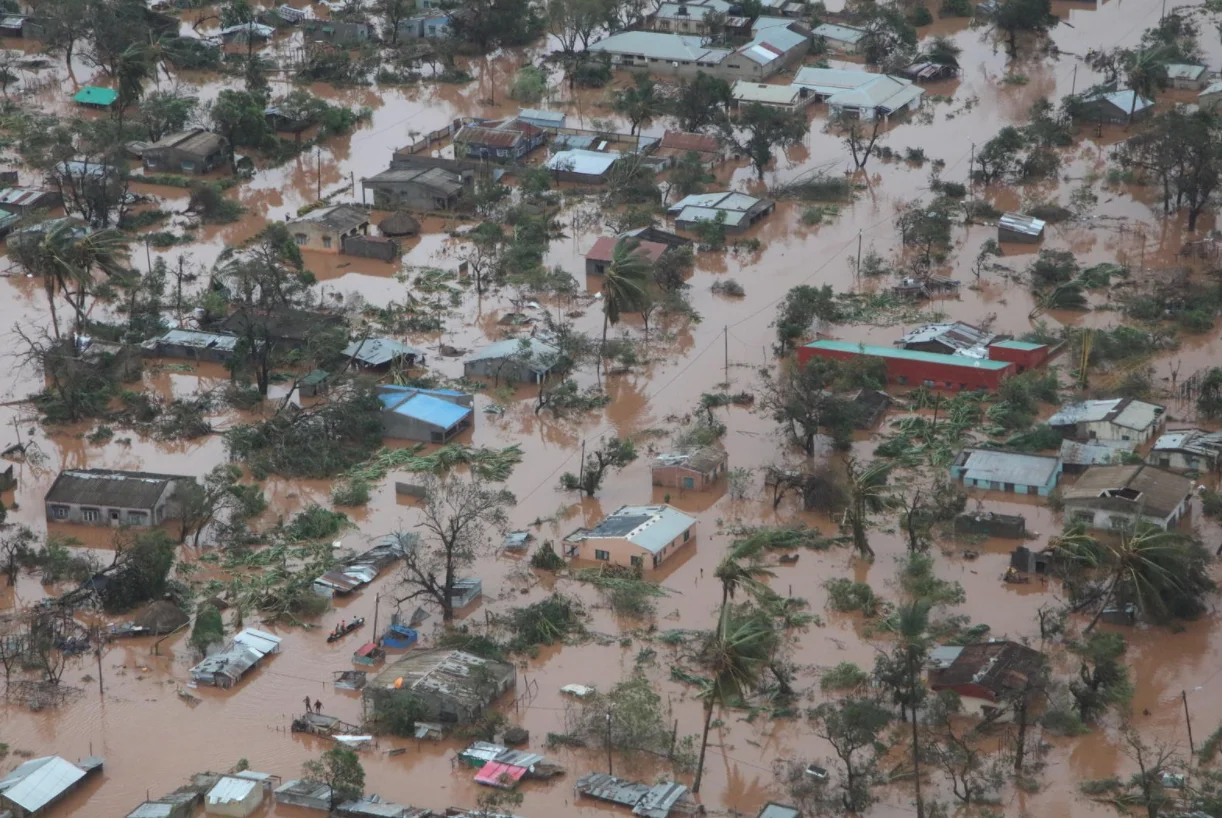
Typhoon Phanfone (Ursula) damage: (World Vision)
Those are some of the most significant weather events that have occurred on Dec. 25 throughout the last few centuries. To hear more about the weather of past Christmases, listen to today's episode of "This Day In Weather History."
Subscribe to 'This Day in Weather History': Apple Podcasts | Amazon Alexa | Google Assistant | Spotify | Google Podcasts | iHeartRadio | Overcast'
Thumbnail credit: Pixabay






